-
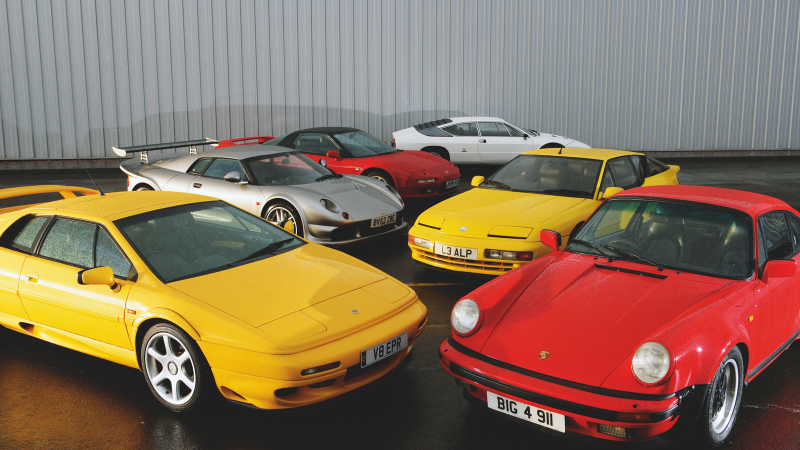 © Tony Baker/Malcolm Griffiths
© Tony Baker/Malcolm Griffiths -
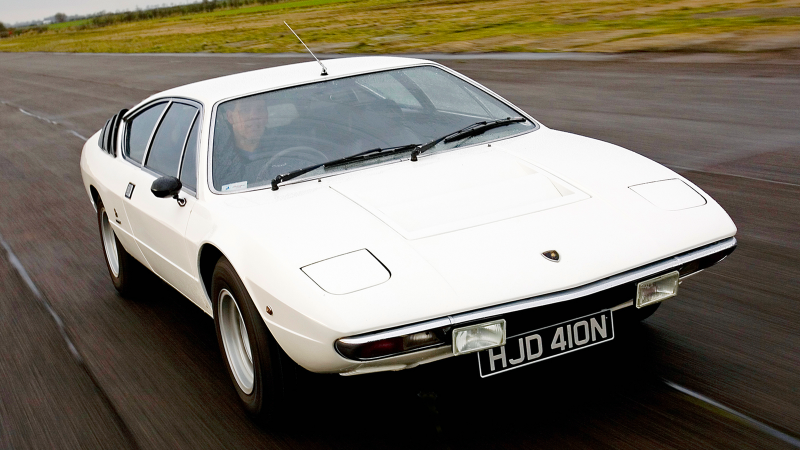 © Tony Baker/Malcolm Griffiths
© Tony Baker/Malcolm Griffiths -
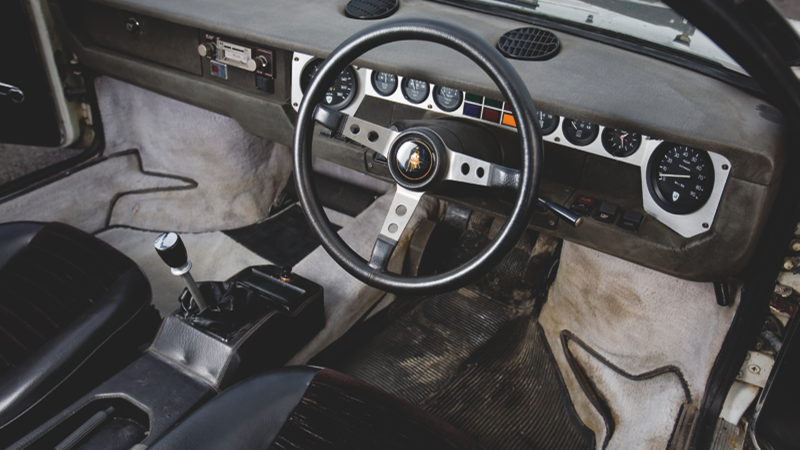 © Tony Baker/Malcolm Griffiths
© Tony Baker/Malcolm Griffiths -
 © Tony Baker/Malcolm Griffiths
© Tony Baker/Malcolm Griffiths -
 © Tony Baker/Malcolm Griffiths
© Tony Baker/Malcolm Griffiths -
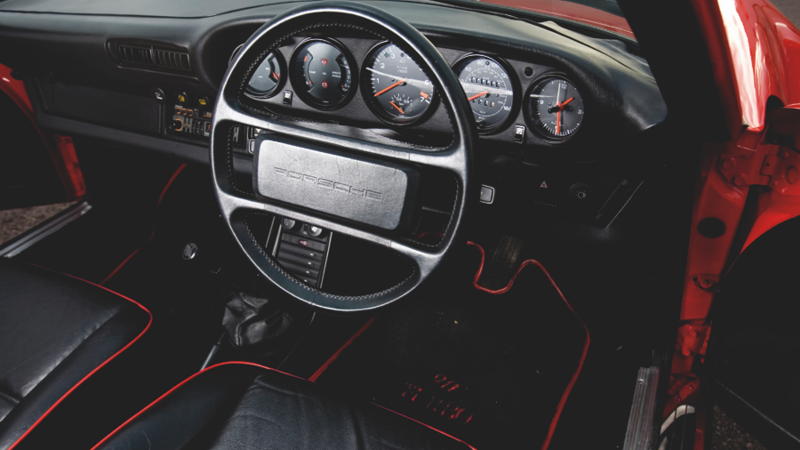 © Tony Baker/Malcolm Griffiths
© Tony Baker/Malcolm Griffiths -
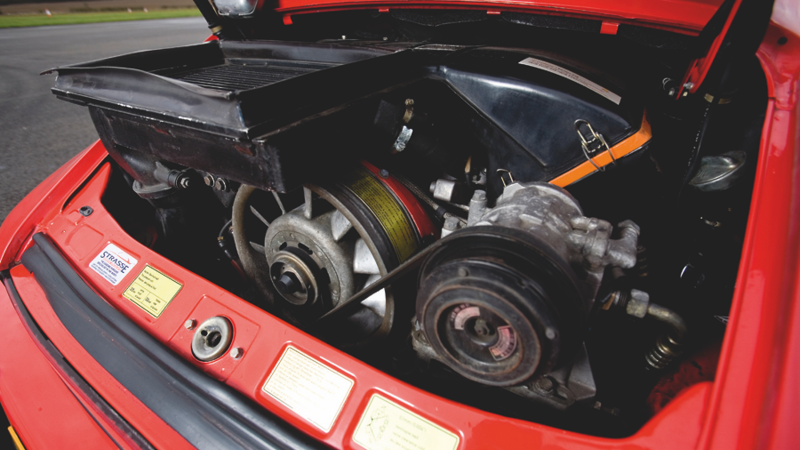 © Tony Baker/Malcolm Griffiths
© Tony Baker/Malcolm Griffiths -
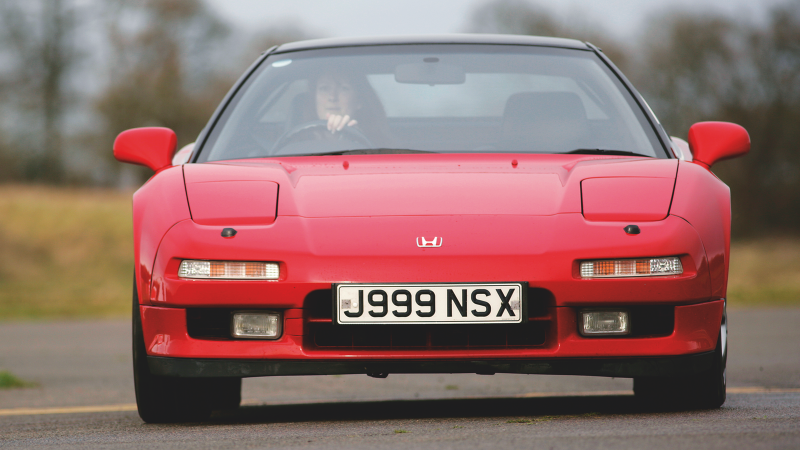 © Tony Baker/Malcolm Griffiths
© Tony Baker/Malcolm Griffiths -
 © Tony Baker/Malcolm Griffiths
© Tony Baker/Malcolm Griffiths -
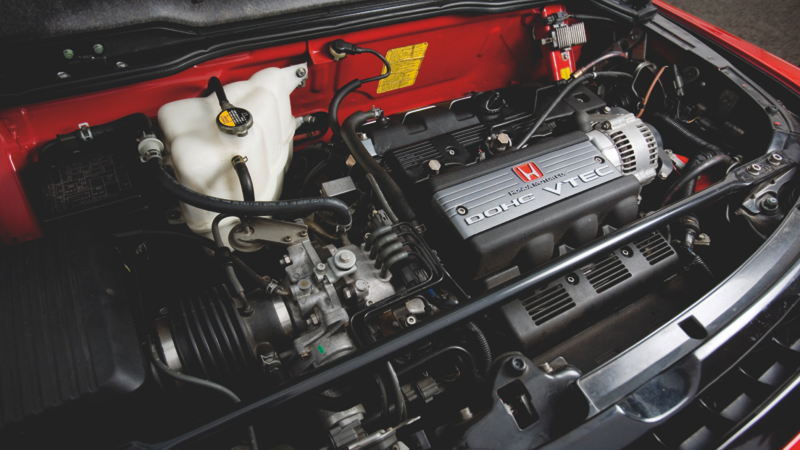 © Tony Baker/Malcolm Griffiths
© Tony Baker/Malcolm Griffiths -
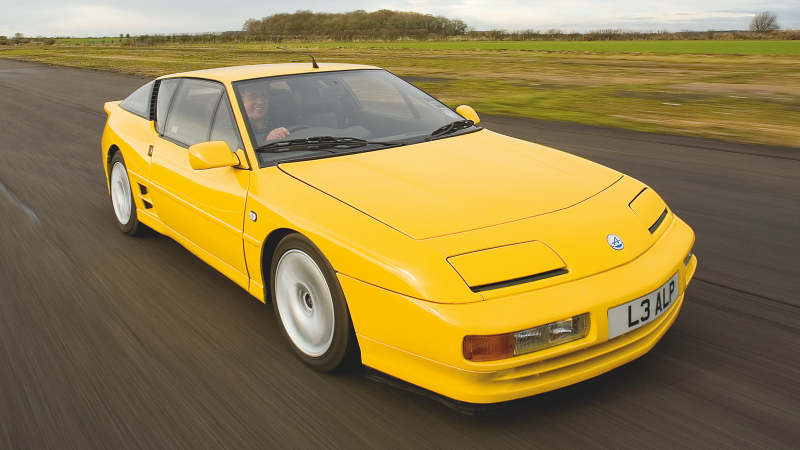 © Tony Baker/Malcolm Griffiths
© Tony Baker/Malcolm Griffiths -
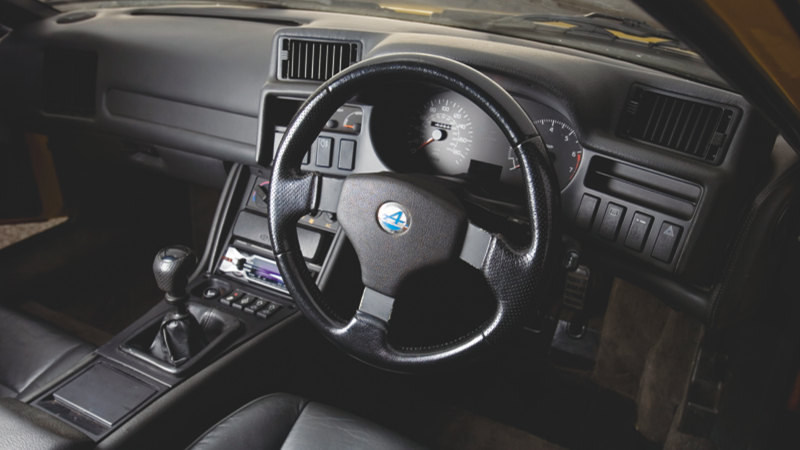 © Tony Baker/Malcolm Griffiths
© Tony Baker/Malcolm Griffiths -
 © Tony Baker/Malcolm Griffiths
© Tony Baker/Malcolm Griffiths -
 © Tony Baker/Malcolm Griffiths
© Tony Baker/Malcolm Griffiths -
 © Tony Baker/Malcolm Griffiths
© Tony Baker/Malcolm Griffiths -
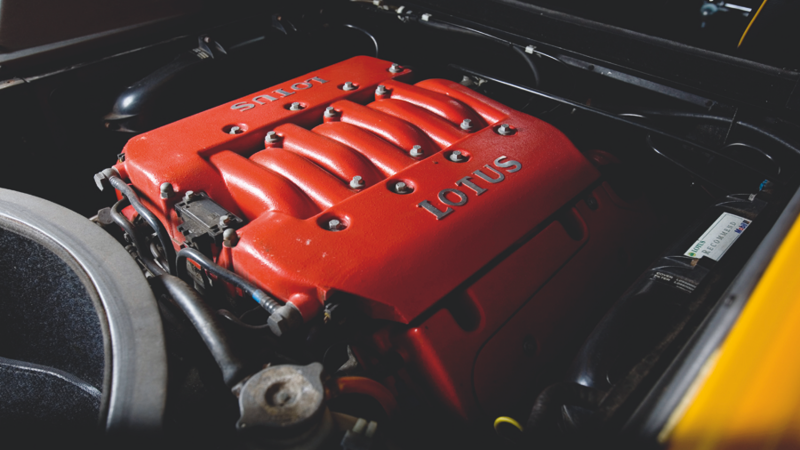 © Tony Baker/Malcolm Griffiths
© Tony Baker/Malcolm Griffiths -
 © Tony Baker/Malcolm Griffiths
© Tony Baker/Malcolm Griffiths -
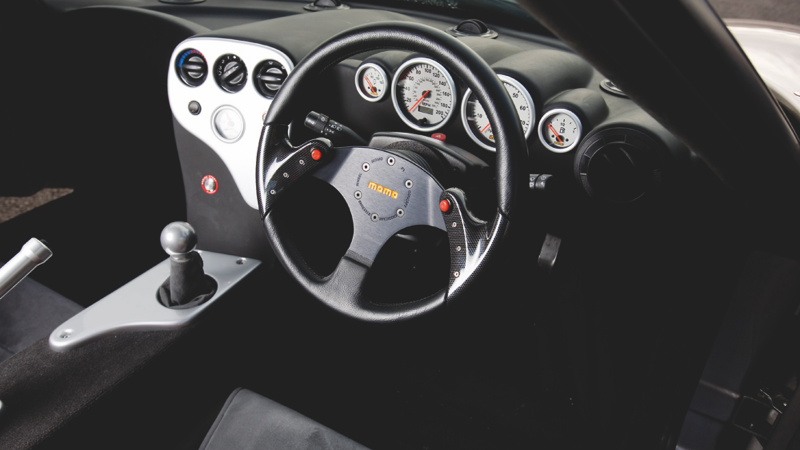 © Tony Baker/Malcolm Griffiths
© Tony Baker/Malcolm Griffiths -
 © Tony Baker/Malcolm Griffiths
© Tony Baker/Malcolm Griffiths
-
Not a fan of the Prancing Horse? Try these instead
Ferrari has long been the marque of choice for those looking to do classic car ownership the shiny way. After all, there’s nothing quite like a gleaming coat of rosso corsa.
Thing is, it’s also the obvious selection. From the thrilling 308 to the fabled F40, Ferraris are arguably the ultimate statement machines – as a quick walk through Knightsbridge will show you.
Not a fan of the Prancing Horse and its associated brand snobbery? There are plenty of other ways to get your fix of power and performance in a sleek, stylish body, but minus that badge on the nose.
Here are six classic Ferrari alternatives that’ll soon make you forget you ever looked twice at an Enzo.
-
Lamborghini Urraco
Price today: from £50,000
At first glance, this little Lamborghini looks every bit the Ferrari 308 rip-off: its Bertone lines are near-identical to those of the Ferrari. But in reality, the P250 was previewed four years earlier than the Prancing Horse – so it’s 1-nil to Ferruccio.
History has not been kind to the gorgeous Urraco, however, beset by reliability fears that still stain its reputation.
-
Lamborghini Urraco (cont.)
Are the fears justified? Potentially. The P250 model uses complicated belt-driven overhead cams and combustion chambers in the pistons rather than the heads and, while the P300 is generally considered a safer bet, few Italian supercars of this era are paragons of dependability.
That said, it’s still well worth pursuing. The all-alloy V8 engine is a screamer, delivering enough grunt to shove the 1100kg Urraco all the way to 149mph.
-
Lamborghini Urraco (cont.)
Handling is sweet, too, courtesy of MacPherson struts at each corner of the Paolo Stanzani-engineered chassis.
Sure, the rear seats may be pointless and the interior design a triumph of aesthetics over ergonomics, but that’s arguably what a Lamborghini is all about: never letting practicalities get in the way of creative genius.
And, while the badge is hardly unknown, you're much less likely to spot one of the 791 Urracos on the street than its Ferrari lookalike.
-
Porsche 911 Turbo (930)
Price today: from £70,000
Strapping a KKK turbocharger to the Porsche 911’s tail-mounted flat-six was the motoring equivalent of lighting the blue touch paper and running for cover.
Launched in 1974 and initially delivering 260bhp in 3-litre form, three years later the 911 Turbo had risen to just shy of 300bhp and legendary status, what with its combination of oodles of power, turbo lag and a weight distribution that put 60% of its heft over the rear wheels.
-
Porsche 911 Turbo (cont.)
In truth, while the recipe sounds terrifying, the Turbo delivered phenomenal traction. Despite offering truck-loads of torque (the car had just four gears until 1988), few would discover the 911 Turbo’s limits on a dry road – although like any supercar it warrants caution in the wet.
Things were similarly controlled in the cabin: the only clue you’re driving Weissach’s hairiest 911 is a subtle boost gauge in the centre of the rev counter.
-
Porsche 911 Turbo (cont.)
Things are a little less understated on the outside, with the obligatory whale tail spoiler and hips that tell no lies – both features that were rapidly copied with aftermarket accessories on every Carrera around.
Less ostentatious than the ‘practical’ Mondial, when new, the 930 – to give its proper moniker – had the Berlinetta Boxer and Countach in its sights, in true giant-killing tradition. Prices have rocketed in recent years and with good reason.
-
Honda NSX
Price today: from £25,000
Believe the myth and you’ll think the Honda NSX a characterless machine. But this bizarre assertion needs to be quashed – and the easiest way to do that is to slide into the supportive chair of Japan’s first proper supercar and rev the heck out of it.
Objectively, it isn’t all that quick – but Honda extracted respectable performance from its 3-litre (later 3.2) V6 without the aid of forced induction. It's near-silent at tickover, yet feed its rapacious hunger for revs and the engine note soon hardens.
-
Honda NSX (cont.)
Things become truly strident higher in the rev range. Hit 5600rpm and the cabin is filled with a bellow at odds with the engine’s relatively small capacity and paucity of cylinders.
It’s flexible, but for real supercar pace you need to keep it on the boil with the five-speed ’box, which is a revelation for a mid-engined car in the way it flashes through the narrow, sports-racer-style gate.
-
Honda NSX (cont.)
Add involving, unassisted steering and exquisite balance – courtesy of the aluminium monocoque – to the mix and the NSX proves itself to be a car that, unlike many a Ferrari, still feels incredibly tight today.
Still casting envious looks Maranello-wards? We'd argue that you'd have to go all the way up to an F355 before finding a Ferrari that would better the NSX’s hand-built feel on the road. And they cost a lot more than an NSX.
It's not perfect – there’s barely room for a sushi roll in the boot, for starters – but this Japanese machine remains beautiful, fast, entertaining and, importantly, reliable.
-
Alpine A610
Price today: from £9000
It may seem a mismatch to pitch a Renault special against the might of Ferrari, but Alpine is France’s answer to Lotus – and we’ve been banging a drum for the A610 for years.
Alas, just as Renault discovered in the car’s heyday, no-one is listening – which means you can still pick up this Ferrari 348 alternative for a relative steal (think £10,000 for a good runner – provided you can find one of the 67 right-hookers built).
-
Alpine A610 (cont.)
Alpine’s A610 arrived in 1991 aimed squarely at the mainstream. Capacity hit 3-litres, with a corresponding 50bhp power boost shrugging off the weight of its predecessor's crash structure.
On the road, it has a real GT feel, accentuated by a torquey motor that helps to disguise turbo lag – though you still need to stir the gears to keep the revs past 3500rpm and the turbo ramming air into the V6.
-
Alpine A610 (cont.)
Do so and you’ll find the A610 can keep up with a Ferrari 348 – but where it really scores is in its physics-defying handling, which resolutely ignores the fact that the engine is slung so high and far behind the rear axle.
It might not have the Ferrari’s outright grip, but otherwise it’s everything a 348 isn’t: friendly, sweet-riding and confidence-inspiring.
-
Lotus Esprit V8
Price today: £20,000
Lotus made an Esprit to rival every Ferrari V8 until the 360M – and the V8 GT is closer to the fabled F355 than you might imagine.
Over its three decades of life, there were only three fundamental changes to the Esprit formula: turbocharging in 1980, a 1987 restyle of that famous wedge and the long-awaited arrival of the V8 in 1996. Otherwise it remained the same at its core – a steel backbone chassis with a mid-mounted motor and a glassfibre wrapper.
-
Lotus Esprit V8 (cont.)
Even 20 years into its production run, the addition of four extra pots was far from flogging a dead horse: the Sport 300 and S4S proved that, with sufficient poke, the Esprit could still live with the best.
And prod is something you could never accuse the V8 of being short on. Lotus threw everything in the engineering toy box at the all-alloy Type 918 motor, but it still couldn’t match the Ferrari’s 380bhp, nor its howling song. What it did deliver was torque – and masses of it.
-
Lotus Esprit V8 (cont.)
From idle to upchange, you ride on a great swell of thrust that seems to grow inexorably as the speedo needle is flung around the VDO dial. Pace builds with such force that even a car as accomplished as the Esprit can be intimidating on greasy roads.
Those 28 years of development gave the Esprit a deserved place among the supercar elite and, on the road today, it demands respect – and, quite possibly, a place in your garage ahead of a Ferrari.
-
Noble M12 GTO
Price today: from £35,000
Can a vehicle with a Ford Mondeo engine every truly be an alternative to a classic Ferrari? First impressions of the Noble M12 GTO aren’t promising – but consider this: compared to a Ferrari 360, it has more torque, weighs 500kg less (at just 980kg), sprints to 60mph over half a second faster and its underpinnings were designed by chassis genius Lee Noble.
Truly, then, this is the finest sports car ever to come out of Leicestershire.
-
Noble M12 GTO (cont.)
Born of the ugly duckling M10, the M12 roared into being in 2000 with a roof, racer-style double-wishbone suspension and two Garrett T25 turbochargers bolted to the mid-mounted 2.5-litre Ford V6 (3-litre for the GTO-3).
Strap yourself into the bucket seats – in a cabin whose neat finish defies its parts-bin build – and you can feel the M12’s purpose. But nothing prepares you for the experience of hitting 100mph from rest in 9.4 secs.
-
Noble M12 GTO (cont.)
And the superlatives keep coming because, just as you’ve got your breath back from the standing start, the Noble turns into the first corner.
The mechanical grip its chassis generates is other-worldly, yet the Noble combines that adhesion and roll-free cornering with a supple ride that makes it far more than a weekend track toy.
Stick a pair of novices into a Noble and a Ferrari 360M – or indeed, any Ferrari – and the Italian steed won’t even see where the mongrel Brit went. Never before have badge kudos and snob value been rendered so meaningless.
